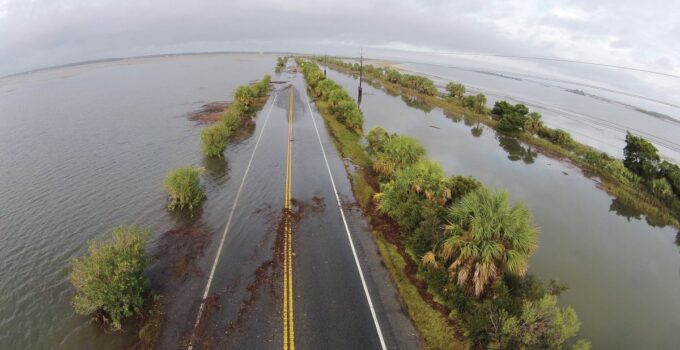Do you live in a high-risk flooding area, faced with the constant fear of losing everything from a natural disaster? Are you the owner of a construction company, actively looking for new ways to help your clients control flooding in their new homes? Or perhaps you’re relocating your small business to a coastal hub, but are wary of being hit by a hurricane?
It’s human nature to flock to large bodies of water. Americans choose to live on the coast for a multitude of reasons, from experiencing the peaceful crashing waves of the ocean to enjoying relaxing beach culture. According to the United States Census Bureau, nearly one-third of the US population lives on the coast, with millions more choosing to dwell near rivers, lakes, or streams.
Our global sea levels have been rising steadily over the past century, and according to the National Ocean Service, we will see an increase in flooding, storm surge, and coastline erosion as a result. The more the world’s population flocks to coastal cities, the more we need technology to provide us with innovations to stop flooding in its tracks and protect our coastal communities from dealing with expensive water damage.
It’s not only coastal cities that experience flooding; According to FEMA, almost 98% of US counties have flooded at least once. These numbers require a practical solution. Let’s discuss the top 9 technological innovations that positively impact flood control operations and how they help everyday Americans stay safe from destructive flood damage.
Page Contents
1. Seawalls
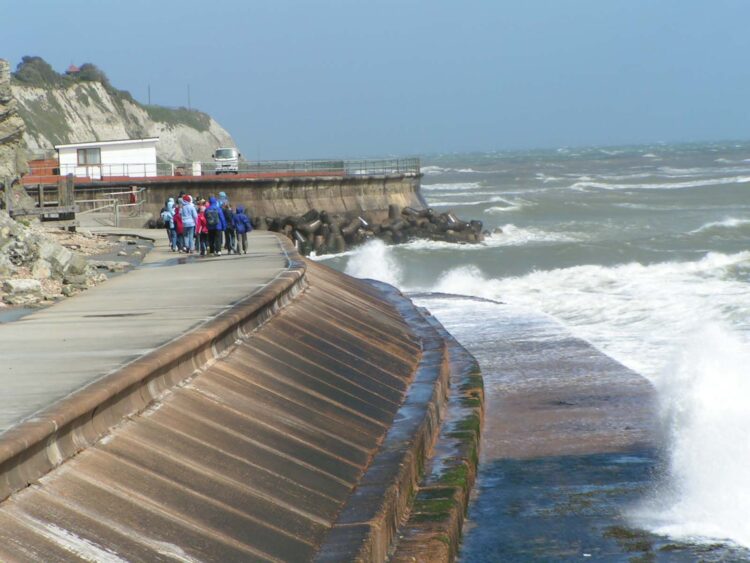
Source: wikipedia.com
A seawall is a strategic wall built along the coastline to protect from flooding and can be built up over time as sea levels rise further. These walls work by reflecting the energy of the waves back into the sea, potentially reducing coastal erosion caused by rising sea levels.
Seawalls are a wonderful innovation but are unfortunately expensive. For example, New York City is building a seawall around the island of Manhattan for the steep price of $355 million.
2. Sheet Piling Technology
Creating a sheet pile wall barrier is a creative and cost-effective way to control flooding. Sheet piles are usually made of steel, making them an ideal and non-porous water barrier.
The sheet piles are inserted into the ground using a high-efficiency machine to create a solid wall of defense against flooding. Companies like Blue Iron LLC are on the cutting edge of sheet piling technology, using non-vibratory machines for installation that are comparatively quiet and non-invasive. Consider researching their use of the Giken Silent Piler if you want to learn more about sheet piling.
3. Surveillance Technology
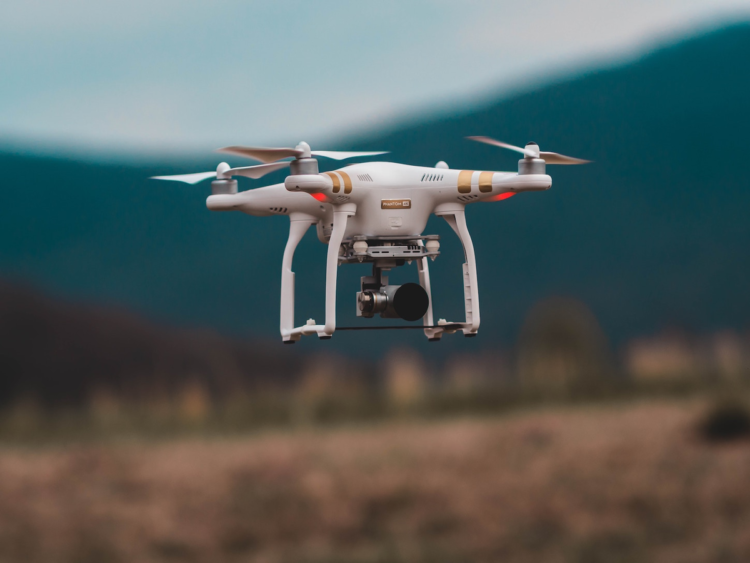
Source: industryweek.com
As technology increases, ground crews are beginning to use unmanned aerial vehicles (UAVs) or drones to gain a full picture of the flooding after a natural disaster. This tech can provide them with invaluable information, help identify the hardest-hit areas, and help those in danger. Drones from a drone surveillance company can even surveil underwater to help with emergency efforts.
4. FloodBlock
Just as the legos from your childhood could be interlocked to create a new structure, FloodBlock is a series of crates that can be linked together to create a barrier against floodwaters.
The FloodBlock self-fills with the rising waters while weighted connections keep the barrier in place. These are great to protect a small business or home, as they are inexpensive, reusable, and easy to use technology.
5. Flood Mapping
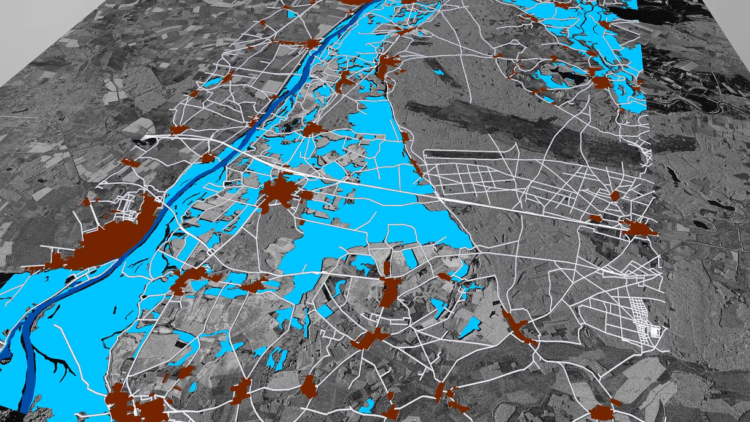
Source: esa.int
Flood mapping technology uses flood forecast maps to predict where the next floods will be based on location, elevation, and more. These maps use sensors to help experts predict which areas should evacuate for a flood and where to direct potential aid in the wake of rampant flooding.
6. Aquobex Heritage Floodguard
The Aquobex Heritage Floodguard system is a great option for homes or small businesses to protect themselves against flood damage. This system directly surrounds the base of doors and windows with a curved, reusable barrier. Aquobex claims they offer the same thorough protection as a permanent barrier and are a great inexpensive option for homeowners living in a high flood risk area.
7. Smartphone Technology
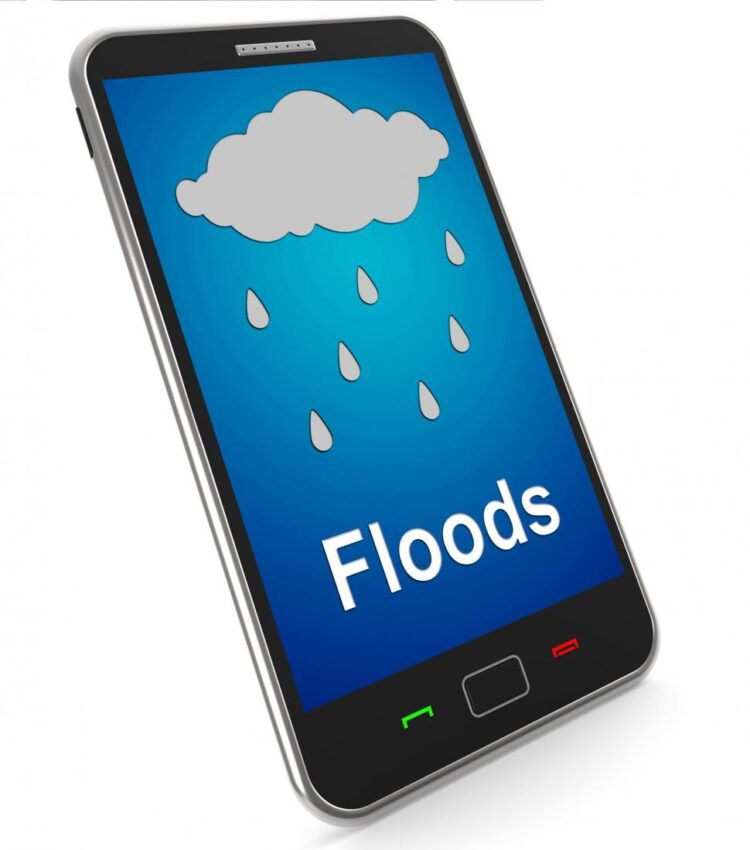
Source: freerangestock.com
You may not have thought of this one, but you’re likely holding a highly refined tracking and communication device in the palm of your hand. Government platforms and aid organizations have the power to communicate with citizens through their smartphones, informing the public when and where there could be flooding and when to seek higher ground or evacuate.
8. LIDAR
LIDAR (Laser Imaging, Detection and Ranging Map) is the technology used to create digital 3-D representations of a geographical area like a coastline, floodplain, or even the ocean floor. This tech creates an image of the earth’s surface using lasers and reflected light. LIDAR can help strategize how to best protect cities from flooding by creating a digital topographical map that experts can study and learn from.
9. Water Gates or WIPP
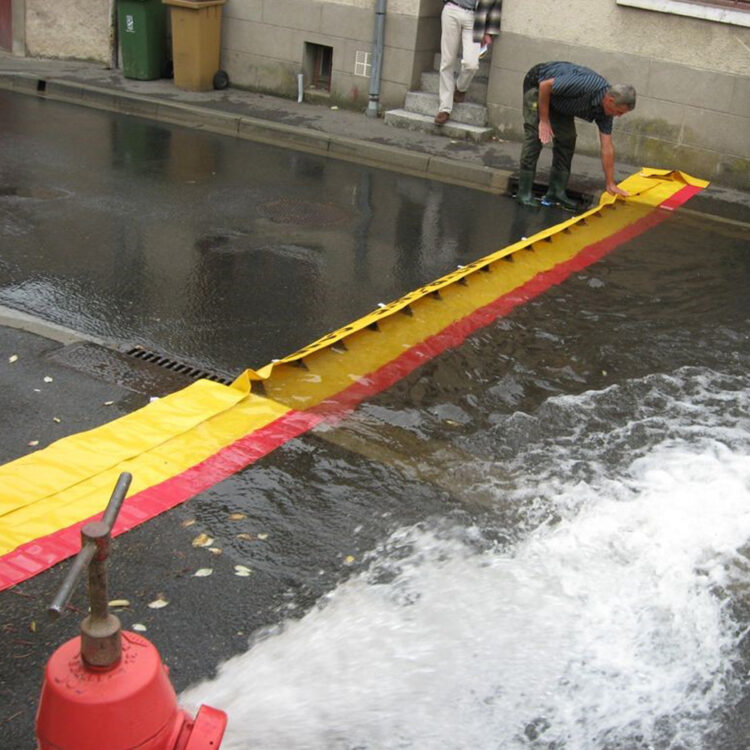
Source: quickdams.com
The Water Gate is an innovative PVC gadget that uses flood water pressure to stay upright, containing flood damage in a more effective manner than sandbags. It’s a light, cost-effective reusable device that a single person can use to protect their home and property from incoming floodwaters.
Much like the Water Gate, a WIPP or Water Inflated Property Protector is a barrier made to protect a small amount of land. It’s a durable polyester tube that fights water with water; simply inflate the WIPP with a nearby water source to create a solid barrier against rising flood water.
Conclusion
Major world cities like Los Angeles, Shanghai, Boston, and Mumbai are based on the coast. National Geographic has studied this phenomenon, claiming that humans have flocked to coastlines such as those throughout history due to jobs, agriculture, trade, and transportation opportunities that aren’t available inland.
Choosing to live or build in a high-risk flood zone is not for the faint of heart. Thankfully, technological advancements have made it easier for anyone to access lifesaving flood protection services. Along with a strong global commitment to stay the rising sea levels, these innovations will help secure human coastal living for years to come.

